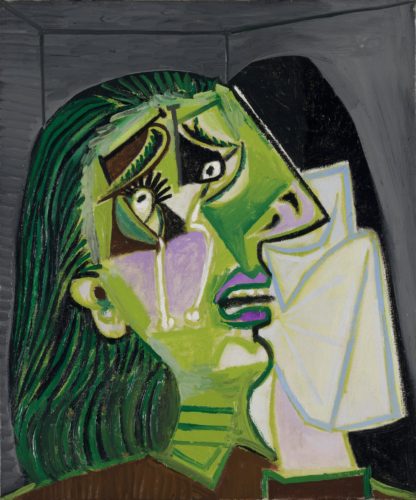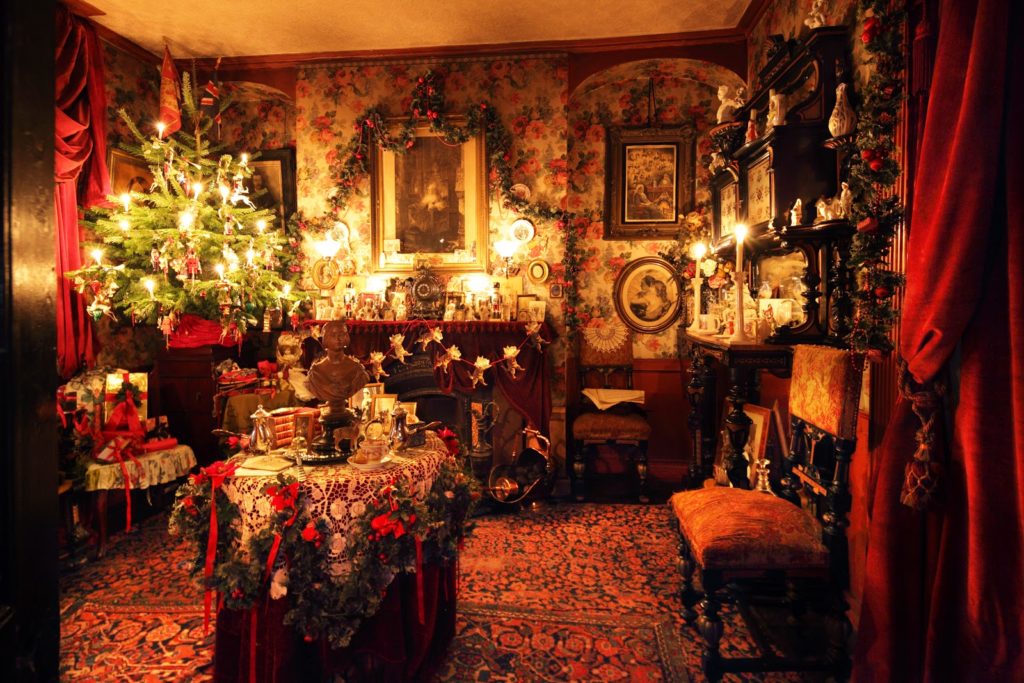I often stand and commune with Pablo Picasso’s 1937 painting, ‘Weeping Woman’. It conveys extreme sadness, much of what is experienced by humans, near and far, today. I run my eye over it, wondering whether there’s something that I may have missed since I last stood before it. I go early, alone, with an art buddy, or with a few of my art history ‘students’. National Gallery of Victoria security guards are watchful (according to Sotheby’s, this Picasso masterpiece is valued in excess of AUS$100 million).
It is my quest to train myself, and others, to spend more time communing with a painting—to meditate on the brushstrokes, the colour choices, the composition . . . but so many viewers (humans) judge art purely on aesthetic terms, demanding to know what they are looking at if the subject matter is unclear. In ‘Weeping Woman’, Picasso was applying the general surrealist principle of liberating the sub-conscious from the all-seeing eye of logic and reason. This is a concept I have been pondering of late, and this painting has helped me work through the process. Even though Picasso was possibly responding to the tragedies of the Spanish Civil War and his own (and his mistresses) personal anxieties, or both, this painting speaks to me, today, 81 years later. It can never be dated—it can never be out-of-fashion because Picasso understood the human condition: ghosts of the past, present and future. He is essentially a graphic artist just like rock artists from pre-historic times. His subject matter is magnified by line and colour. When you look at his art, Picasso is reaching out and grabbing at the deep, dark recesses of our minds that grapple with so many things that disturb us on a daily basis. First impressions are always cluttered with associations—with what we already know. Art stands still—it doesn’t alter, we do. So I look again, each time with less thought so I can be sucked in. Most of the time I stand before this genius’ art with clueless awe—and I’m happy to do so, again, in 2019.
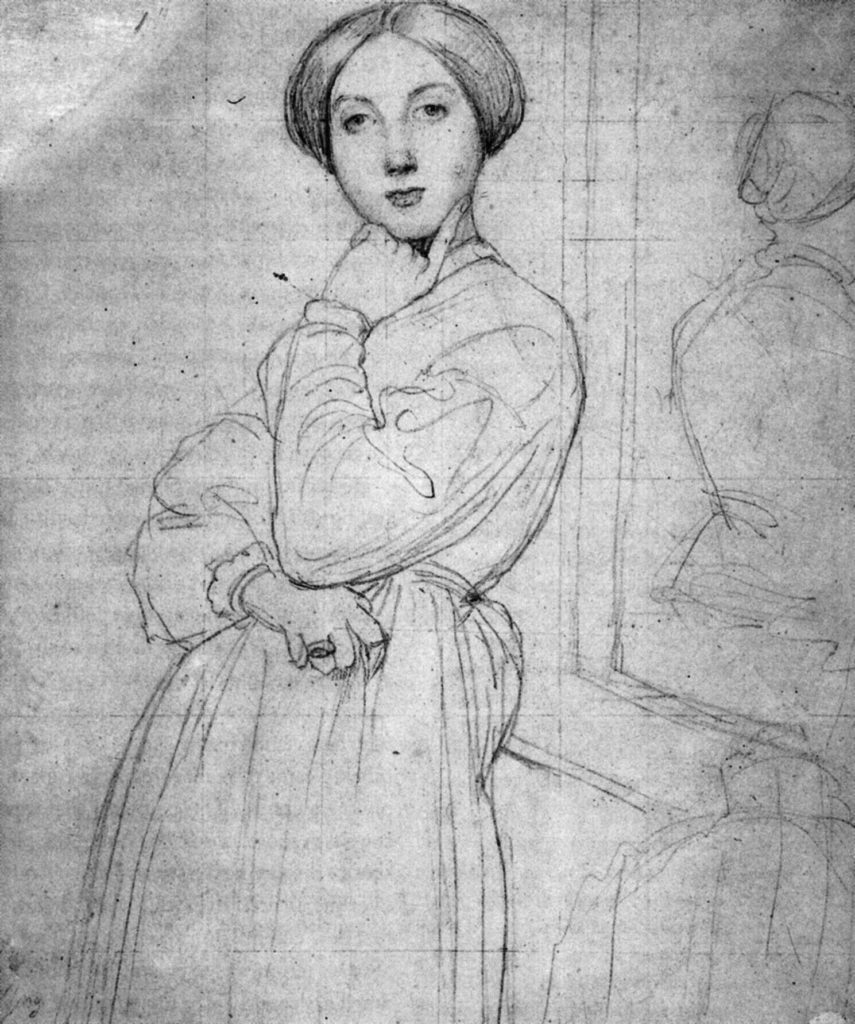
Jean Auguste Dominique Ingres, ‘Portrait of Comtesse d’Haussonville’, preparatory drawing, graphite and white highlights on paper, 1842.
The way in which a visual artist moves from idea to preparatory drawing to the completed painting serves as a way of encouraging writers to sketch out their ideas, write and rewrite, shape and reshape their narratives until the writing is buffed and gleaming. This year has brought many unpublished manuscripts to my desk, their authors seeking opinion before they submit to publishers, or self-publish. There have been a few doozies, but mainly darlings, and I approach each in the same way I view a work of art. In other words, I try to ‘look’ between the lines and commune with the author’s inventions. So many writers have played with point-of-view, language techniques and structure. Interestingly, what I found more often than not is that characters have been under-developed at the expense of plot. There has been humour—some unintended: I have chuckled at a few misplaced dangling modifiers, such as the following insinuation that the trees were wandering up the slope,
Wandering back up the short slope, the trees gave way to the small grassy clearing.
I have also felt gratitude to have read surreal sentences that are so visceral and visual, such as:
The silhouette of a long cloud glides over them, a dragon’s shadow, …
Next year I will continue reading new manuscripts and writing appraisals that are objective, but with an unavoidable dash of subjectivity. I will also continue to teach creative writing and art history in 2019; there will be the usual mix of ‘students’, young and ‘old’: most joined my classes years ago, but new faces and voices are always welcome.
***
I look to next year with hopeful anticipation that more people will see the natural beauty of our world in a way that speaks to their senses and sensibility. Kevin Brophy is an Australian poet who writes in response to his sensory experience of the natural world. He looks around at the everyday and finds moments that are worthy of quiet contemplation to evoke the imagination: something that the publisher (John Leonard Press) of Brophy’s Walking, New and Selected Poems (2013) calls “the seemingly natural surrealism of the mind”. ‘The Expressiveness of Things’ reflects upon painting as a transformative experience and not just a creation ordered by a set of rules (Picasso would have approved of this philosophy):
I complete the picture here or offer
just one more perfect detail. I dot the hillside,
a pixel added to what sunlight does
with water, sail, clouds, and air,
bent over this page like just another scholar (42)
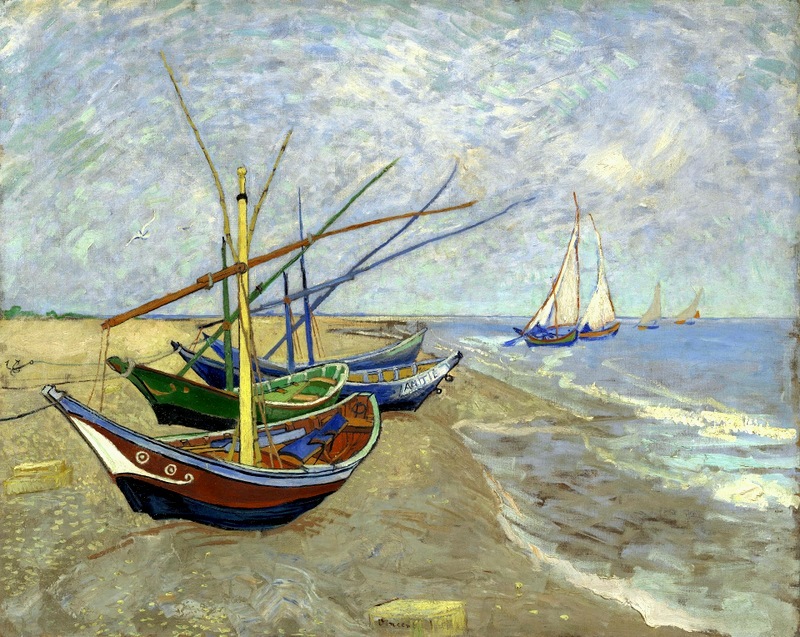
Vincent van Gogh, ‘Fishing boats on the beach at Les Saintes-Maries-de-la-Mer’, 1888, oil on canvas, Van Gogh Museum, Amsterdam.
Dennis Severs’ House in Spitalfields, East London, is a sensory historic house, rich in decorative arts from the eighteenth and nineteenth centuries (I have written about my 2014 experience here). In this surreal house there is confusion between the animate and the inanimate, and between still-life and the evocation of a moving ‘landscape’. It is pure theatre, as if a ‘real-life’ drama has just happened seconds before one opens the door: an overturned chair, a half-eaten apricot, and a candlestick that has been knocked over, the wax puddled onto the tablecloth. At this time of the year there will be Christmas decorations and the sweet smell of fruit mince soaking in brandy, shortbreads just out of the oven, and steaming, fragrant mulled wine. Charles Dickens would have approved of the family gathered around the glowing hearth, enjoying each other’s company. I imagine meeting Dickens’ Ebenezer Scrooge as he visits the house with the Ghost of Christmas Past.
One of Dennis Severs’ surreal handwritten notes on old parchment tossed on a table summed up my experience of 18 Folgate Street in Spitalfields: “This house is not what you see, but what you have only missed and are being asked to imagine”. Dennis Severs’ House blurs the past and present, art and life, reality and imagination, distrust and belief. It is a chilling experience that invites the visitor to give in to a sensory experience that confuses what and how we see the world outside, which increasingly ignores the small things that really matter to our future existence. And so to next year . . . and a few lines from Kevin Brophy’s poem, ‘How to Stop’:
With next year’s diary open
on my desk I am rich with the future.
Later the cat will come to lie beside me
as I work in the garden.
I will be able to say the sunlight fell
exactly on our garden today. (12)
***
A big thank-you to all my clients, new and ‘old’, who have contributed to a rewarding, stimulating and challenging 2018; you have helped me expand my view of the world and my relationship to it. Outside of Australia I have immersed myself in the wonders of Sicily’s ancient sites, and the natural wonders flourishing on Skomer Island just off the Welsh coast. Next year . . . untamed Patagonia – another surreal experience awaits.
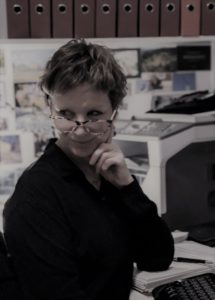 If you’re ready to have your manuscript assessed, whether it is a complete manuscript or a work-in-progress, then please refer to my Manuscript Assessments page for my fee schedule.
If you’re ready to have your manuscript assessed, whether it is a complete manuscript or a work-in-progress, then please refer to my Manuscript Assessments page for my fee schedule.
If you would like to ask me a few questions about this assessment service then I would welcome your email via my contact page.
A manuscript appraisal looks at the big picture and does not correct mistakes or make comments directly on the manuscript; this service is provided in the editing or proofreading process.
Featured painting: Pablo Picasso, ‘Weeping Woman’, 1937, oil on canvas, 55.2 × 46.2 cm, NGV, Melbourne

